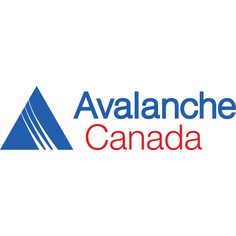Avalanche Canada has introduced a flexible forecast system to make it easier to plan safe trips into the backcountry.
Under the new system, announced Monday, forecast regions are "dynamic" - boundaries change in response to conditions so that regions impacted by weather systems or existing avalanche problems can be separated from areas that are not affected.
When conditions are relatively uniform over large areas, users can expect to see fewer forecast regions. Conversely, when variability is high there will be more forecast regions to reflect this.
Forecasters will determine the regional boundaries every day, so there are no longer fixed forecast regions or region names. The information in the forecasts is now more tailored to expected conditions.
“We’ve made these changes to tackle one of the biggest problems with our old system, which was variability in conditions across large regions,” Grant Helgeson, Avalanche Canada product manager said in a statement. “We’re excited about this new approach and we’re confident it will provide a better experience for our users.”
The Avalanche Canada homepage map has also been revamped so that users can centre the map by entering their destination in the search bar. From there, the user can open the corresponding forecast with a single click.
The regions are now also coloured to reflect their highest danger rating and an abbreviated description can be found by hovering over a region.
Map layers and other pertinent information can be added or removed from the forecast map, and a colour-blind safe version has been added.
The information included in the daily forecasts will remain the same, with a danger rating for each elevation band, along with the expected trend for the following two days. Each forecast still provides terrain and travel advice, identifies avalanche problems, and delivers summaries of the snowpack, weather, and regional avalanche observations.
To learn more, visit the FAQ page and watch the Flexible Forecast Regions video.



